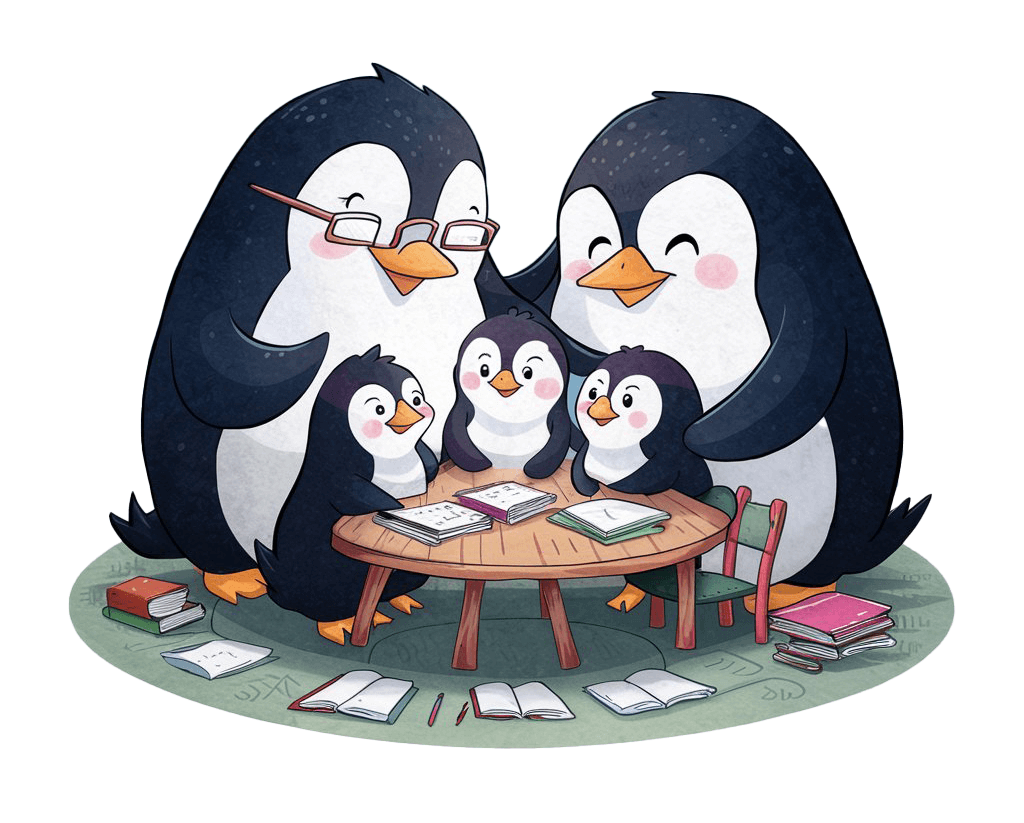Sometimes you stumble upon a curriculum resource that seems too good to be true but actually is. Mystery of Matter: Search for the Elements is one of those resources. This three-part show is a fantastic introduction to scientists and scientific concepts.
Mystery of Matter bills itself as the ‘human story behind the Periodic Table of the Elements’: It’s that and so much more. It blends chemistry with history, bringing the process of scientific discovery, experiments and the dedication behind scientists’ lives to life. What’s brilliant about this series is that it introduces viewers to HOW science happens through the eyes of some of history’s greatest scientists.
I didn’t realise until after we’d watched the series that there was a website to go along with this show or that the website includes an incredible 9 PDF (!) teacher’s guide to go along with the series. The guide is fantastic – breaking down each episode into sections and providing a step-by-step guide to lessons on the individual elements and the scientists.
The guide includes questions to ask students and provides the answers..

..provides tips on how to get the most out of the lesson and possible extension tasks…

and includes a complete glossary of the scientific terms used in the series.
It really is a fantastic addition to a home education science curriculum and I wish I’d found the teaching resources earlier! As I didn’t, we’re now working our way backwards through the material making the most of the guide to get as many lessons as possible out of the resource.
The lessons my homeschoolers completed before I found the guide are below…(Reminder to Self: Always check for pre-prepped resources first.)

The episodes are only an hour long so we completed the series over the course of a week.
- Episode 1 – Out of Thin Air (1754-1806)
We watched together and I explained vocabulary as necessary.
Wrote down stand-out points from the episode – names of elements mentioned, details about the scientific equipment, the scientists mentioned etc.
- Episode 2 – Unruly Elements (1859-1902)
Sometimes TV shows like this can be a bit boring and require you to keep learners focused. This show isn’t like that – our homeschoolers were utterly engrossed so I left them to watch it, pausing and asking for explanations as necessary.
They made episode notes again after watching.
(What caught your learner’s attention? It completely matches my children’s learning profiles for one child to have focused on the scientists and one on the chemistry itself.)
After episode 2, they copied out the periodic table using this book as an example. It’s a fantastically detailed, kid-friendly introduction to the periodic table and its elements.
Our homeschoolers have copied out the periodic table before (and tried to match the elements on the table to the Elements song) but science is one of those subjects where the more you can repeat a lesson, the clearer their understanding will be. This book is a great textbook to use for home-ed chemistry.
Episode 3 – Into the Atom (1910-1960)
After again taking notes on the episode, we rewatched sections from the three episodes to expand the previous notes taken. Note-taking is such a good skill to learn that I try and include as much as possible in lessons.
We followed up these lessons with two more:
- List all scientists mentioned / Choose one to write a brief biography of: Why did you choose this scientist?
- Create a timeline to show the discovery of the elements.
The timeline of the elements was a good way to make visual connections to the discoveries in relation to our lives today – none of this ‘history’ was that long ago. Creating a timeline from scratch is a great lesson in itself – learning a skill useful for many other subjects.
Shows like this, combining living history and science, are great ways for kids to put their general knowledge into context: Mr 10 went directly to previous work on Sakura Sasaki and her paper cranes to re-read the text with the contextual knowledge of how atom bombs came about.
‘Schoolwork’ from science lessons gets filed into individual (science) folders and are used as personal information libraries to refer back to later. Sometimes referring back to their own notes makes more sense than revision notes given by a teacher. The more in-depth and precise homeschoolers can learn to make their note-taking, the easier this self-referencing becomes. Essentially, they’re creating, over the course of the school year, a revision guide for themselves.


